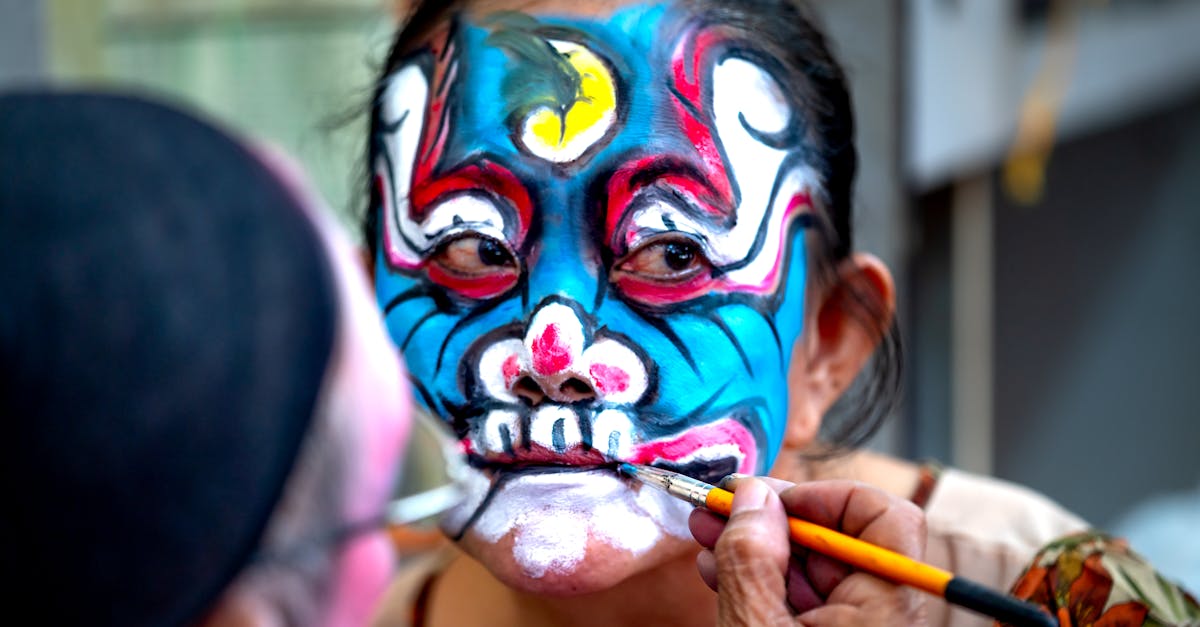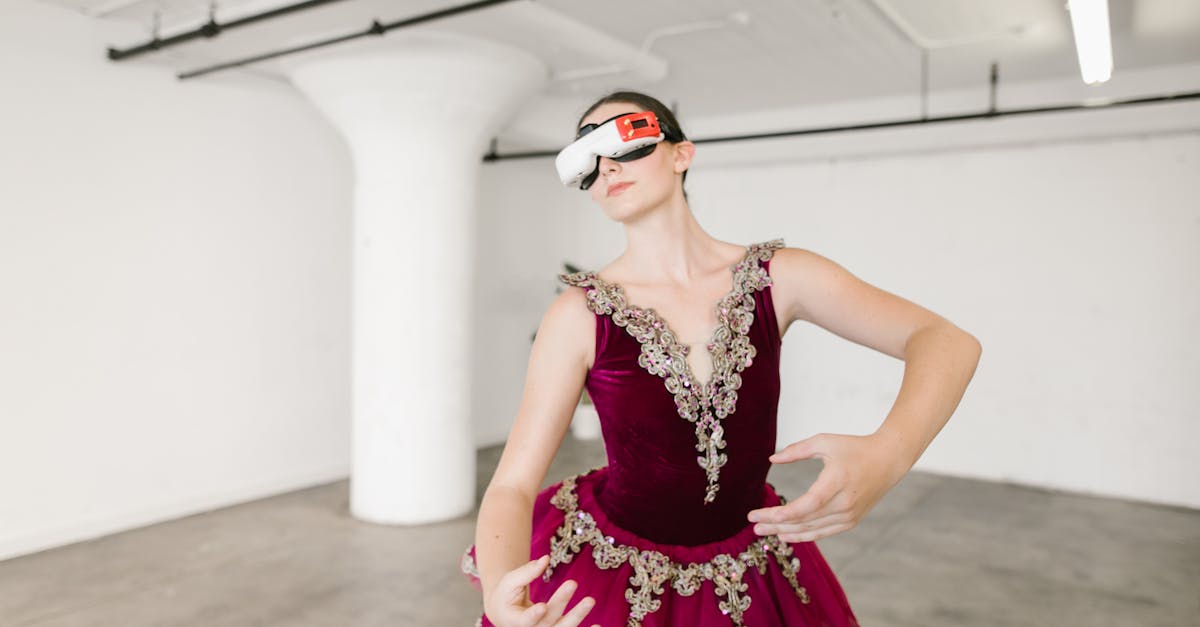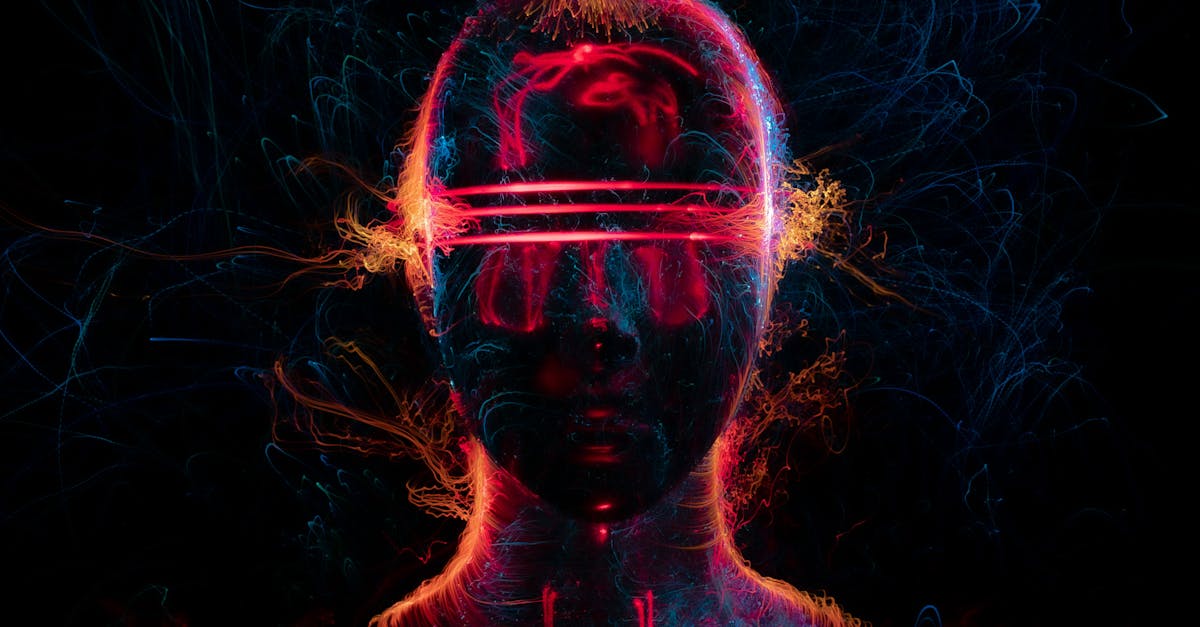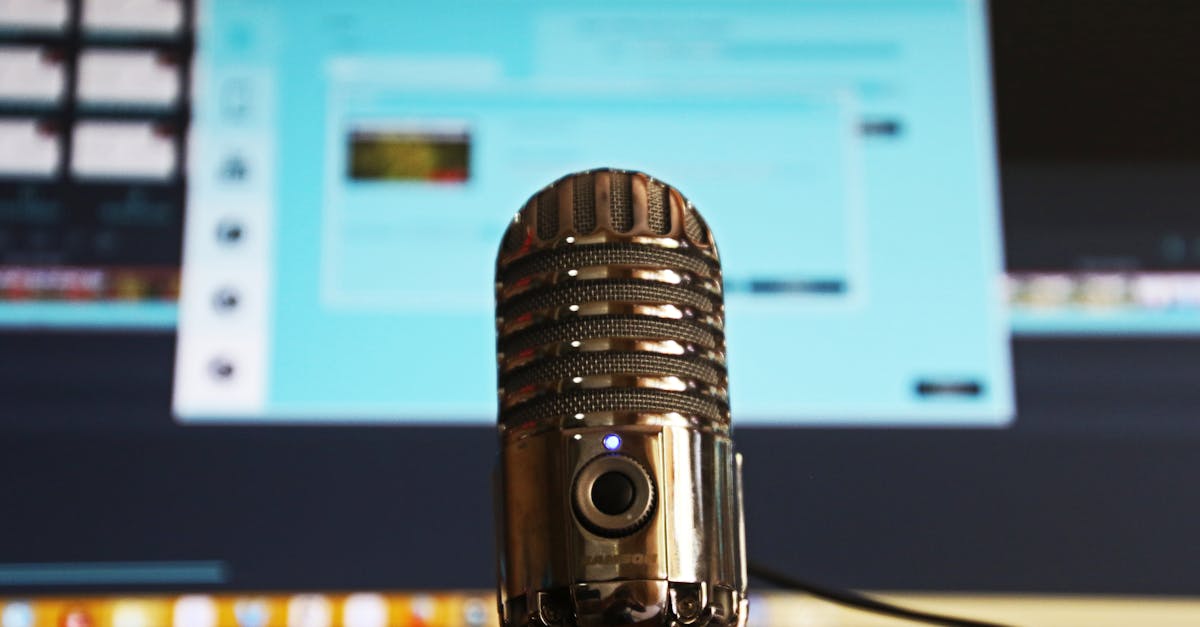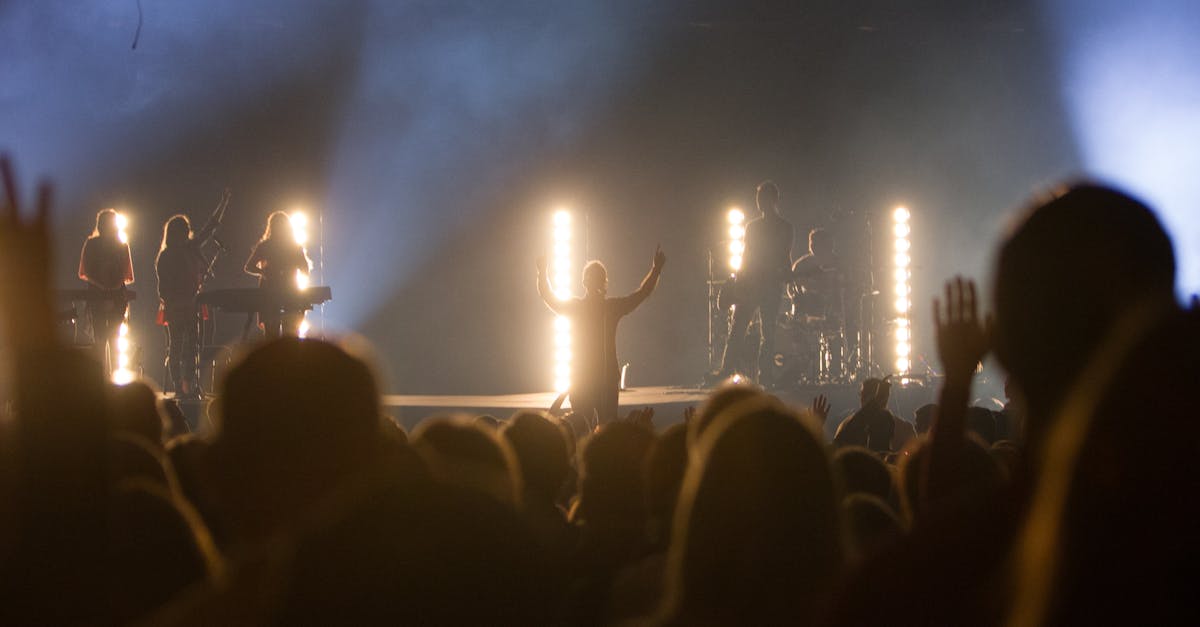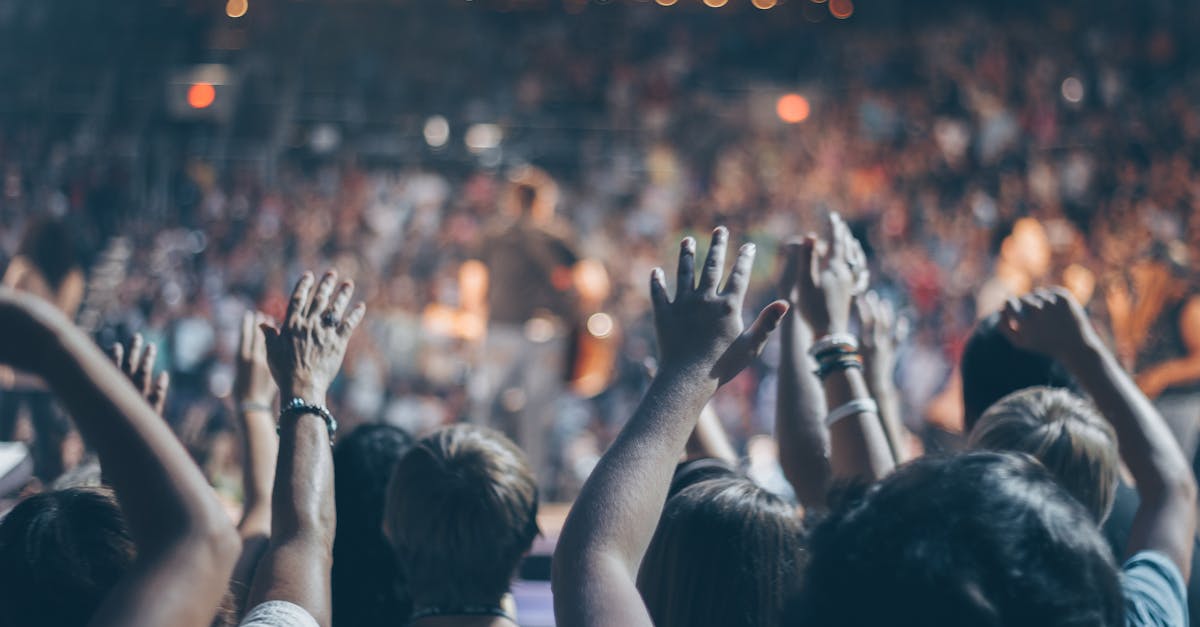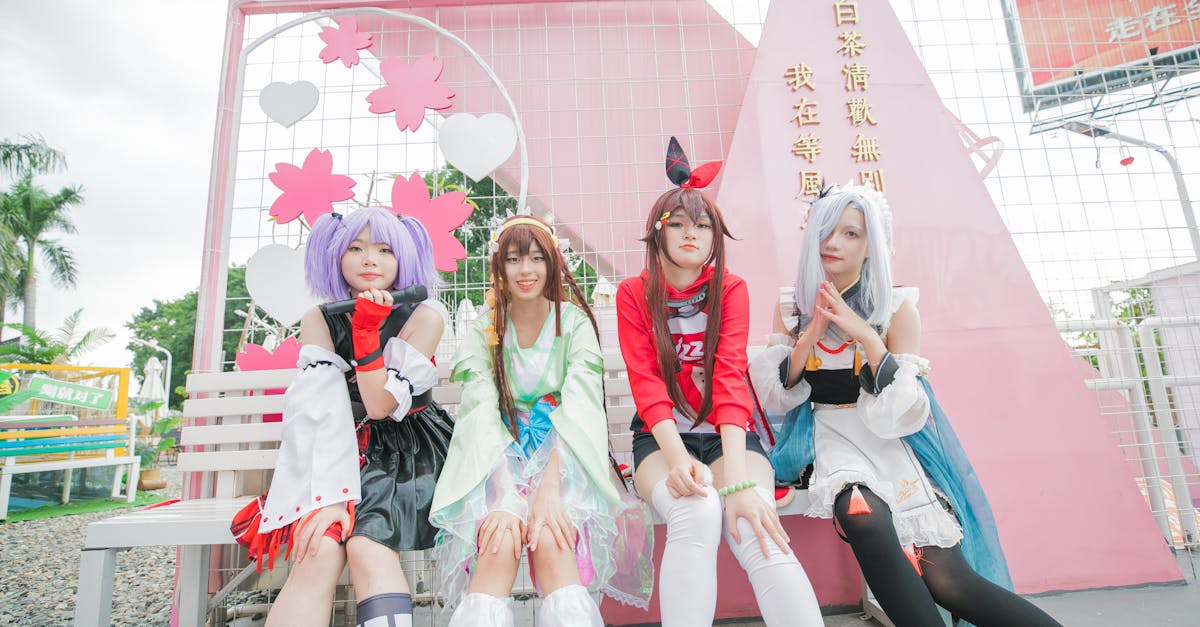Arts Entertainment Envisioning 2055
Introduction
As we look ahead to 2055, the realm of arts and entertainment promises to be a vibrant fusion of technology, culture, and creativity. The past few decades have witnessed rapid advancements that have reshaped how we consume and engage with art forms across the world. With these transformations, the future offers an opportunity to envision a landscape where interactivity, inclusivity, and personalized experiences take center stage. Central to this evolution will be developments in artificial intelligence, virtual reality, and blockchain technology. But what will these futuristic artistic endeavors look like, and how will they impact society? Join us as we explore this intriguing question, bringing new perspectives to the future of entertainment.
Advertisement
The Influence of Technology
Technology will be a dominating force in the way art is created and consumed by 2055. Virtual reality (VR) and augmented reality (AR) are anticipated to blur the lines of traditional storytelling, offering immersive worlds where audiences can interact with narratives. Artificial intelligence (AI) will evolve from being a mere tool to a collaborative entity, assisting artists in generating unique art forms. Simultaneously, quantum computing might offer unimagined possibilities in terms of content creation and data processing. This shift will not only change how art is produced but also redefine ownership and authenticity in the digital age, thanks to blockchain's potential. As these technologies become more accessible, they promise to democratize the art world even further.
Advertisement
The Rise of Interactive Media
By 2055, interactive media in arts entertainment will likely replace passive consumption. Audiences will no longer be mere spectators but active participants in the artistic process. Imagine theater performances that change direction based on audience feedback or concerts that offer personalized soundscapes based on individual listening preferences. Interactive installations will become commonplace in museums and galleries, offering a dynamic and engaging experience for visitors. This participatory approach will not only enhance engagement but also elevate empathy and connection between creators and audiences. Moreover, these experiences will likely be streamed globally, allowing for real-time interaction across cultures and geographies.
Advertisement
Cultural Hybridity and Fusion
Globalization and technological advancements will bring about unprecedented cultural fusion in arts and entertainment by 2055. Artistic expressions will transcend national borders, blending cultural motifs and traditions to create hybrid forms of entertainment. From music and dance to visual and culinary arts, this blending will be a celebration of diversity, fostering understanding and acceptance among global communities. Festivals showcasing these hybrid art forms will become popular events, offering immersive experiences that highlight the interconnectedness of human experiences. Digital platforms will curate multicultural content, making traditional art forms accessible to a wider audience.
Advertisement
Sustainability and Environmental Art
Environmental consciousness in art will play an essential role in 2055, reflecting society's growing commitment to sustainability. Artists will lead the charge in innovative ways to incorporate sustainable practices, using materials that have minimal ecological impact. Themes of climate change, conservation, and biodiversity will be central to artistic narratives, inspiring activism through creativity. Public art installations powered by renewable energies will serve as both artistic and ecological symbols. Urban spaces will increasingly promote community-driven art projects that emphasize environmental awareness and action, creating harmony between nature and urbanity.
Advertisement
AI and Ethical Concerns in Art
While AI will unlock new creative possibilities in 2055, it will also raise substantial ethical concerns within the art community. Questions about intellectual property rights, originality, and the definition of authorship will spark debates. As AI-generated content flourishes, the human touch in artistic expression might be questioned. Furthermore, advanced AI's ability to replicate famous art styles could lead to new forms of artistic forgery and copyright disputes. Policies and regulations need to evolve to address these challenges, thoughtful discussions ensuring a balance between technological progress and artistic integrity.
Advertisement
Virtual Reality and Gaming Worlds
In 2055, gaming will dominate as an art form, breaking away from its perception as mere entertainment. Virtual reality will transport players into richly crafted worlds, offering unprecedented levels of interactivity and emotional depth. Enhanced by AI-driven narratives, games will rival other artistic mediums in storytelling and aesthetic appeal. Educational initiatives will harness the immersive power of VR games, transforming them into interactive learning experiences. Gaming culture will influence other art forms, encouraging cross-disciplinary collaborations and pushing the boundaries of what entertainment can achieve.
Advertisement
Personalization and Accessibility
Personalization will be at the forefront of arts entertainment in 2055, driven by advancements in data analytics and AI. Content will be tailored to individual tastes, offering curated experiences that adapt in real-time. From film to music to live performances, audiences will have unprecedented control over their entertainment journeys. Accessibility will also witness a revolution, as emerging technologies bridge the gap for differently-abled individuals. AI-powered translation and real-time subtitles in multiple languages will make global art forms more inclusive, enriching the cultural tapestry across the world.
Advertisement
The Role of Blockchain in Art Ownership
Blockchain technology will redefine art ownership and distribution by 2055, offering transparency and security in provenance. Digital art and NFTs (non-fungible tokens) will evolve from being niche interests to mainstream forms of art ownership. Artists will maintain control over their works, securely recording transactions and authenticity. This decentralized system will empower creators, ensuring fair compensation for their work while offering collectors a more dependable investment. Blockchain's impact will extend into new genres of digital art, inspiring creative exploration.
Advertisement
Conclusion
As we canvas the future of arts and entertainment, it's clear that 2055 will be a tapestry of innovation, inclusivity, and cultural dialogue. Technology will continue to revolutionize artistic landscapes, making them more participatory, personalized, and sustainable. Interactive media will empower audiences, while cultural hybridity celebrates diversity. Though these advances offer new possibilities, they also necessitate conscientious dialogues about ethics, ownership, and accessibility. Ultimately, the arts in 2055 will remain a universal language, reflecting both individual creativity and shared human experiences, inviting us all to explore, embrace, and evolve.
Advertisement
